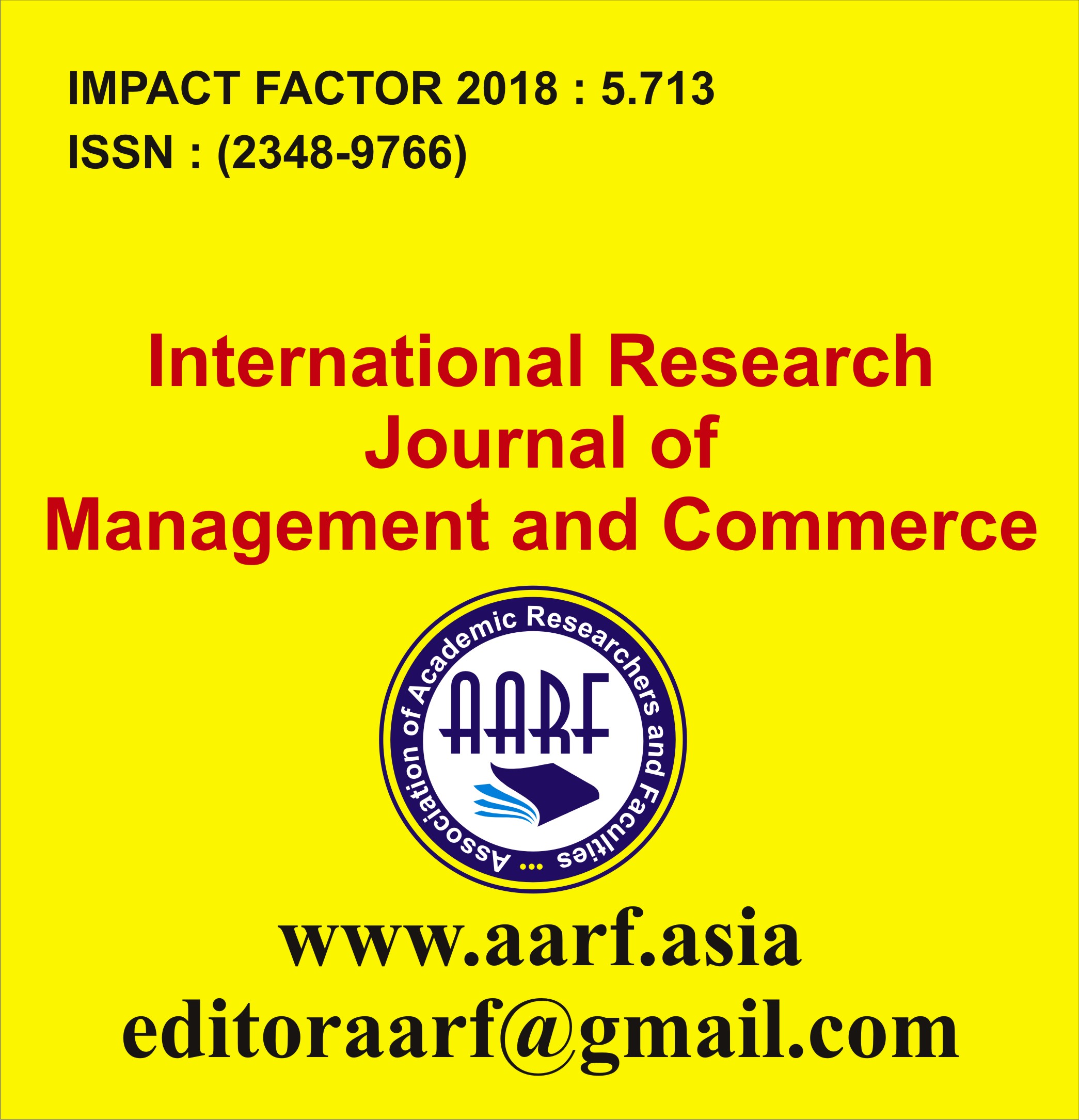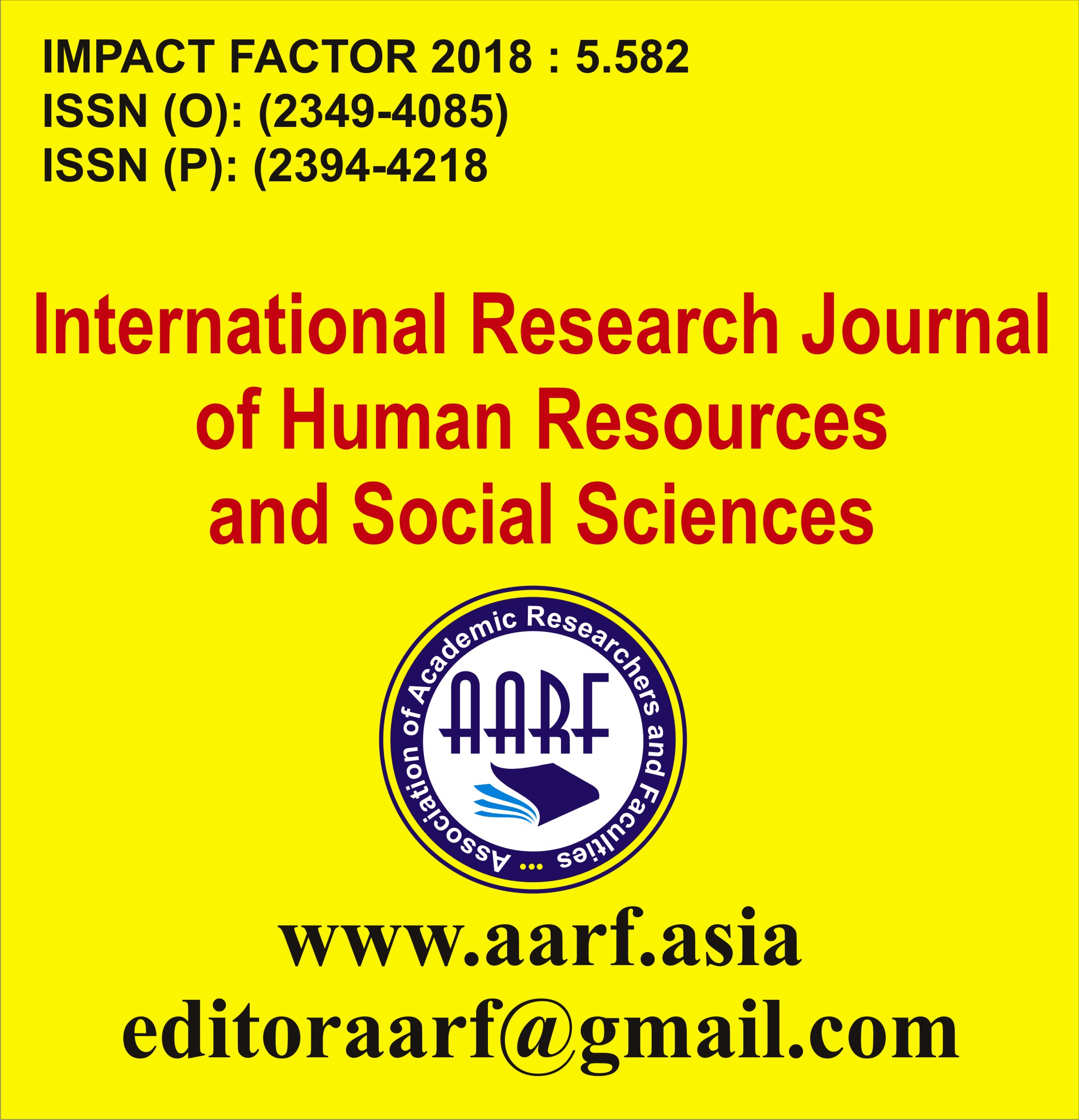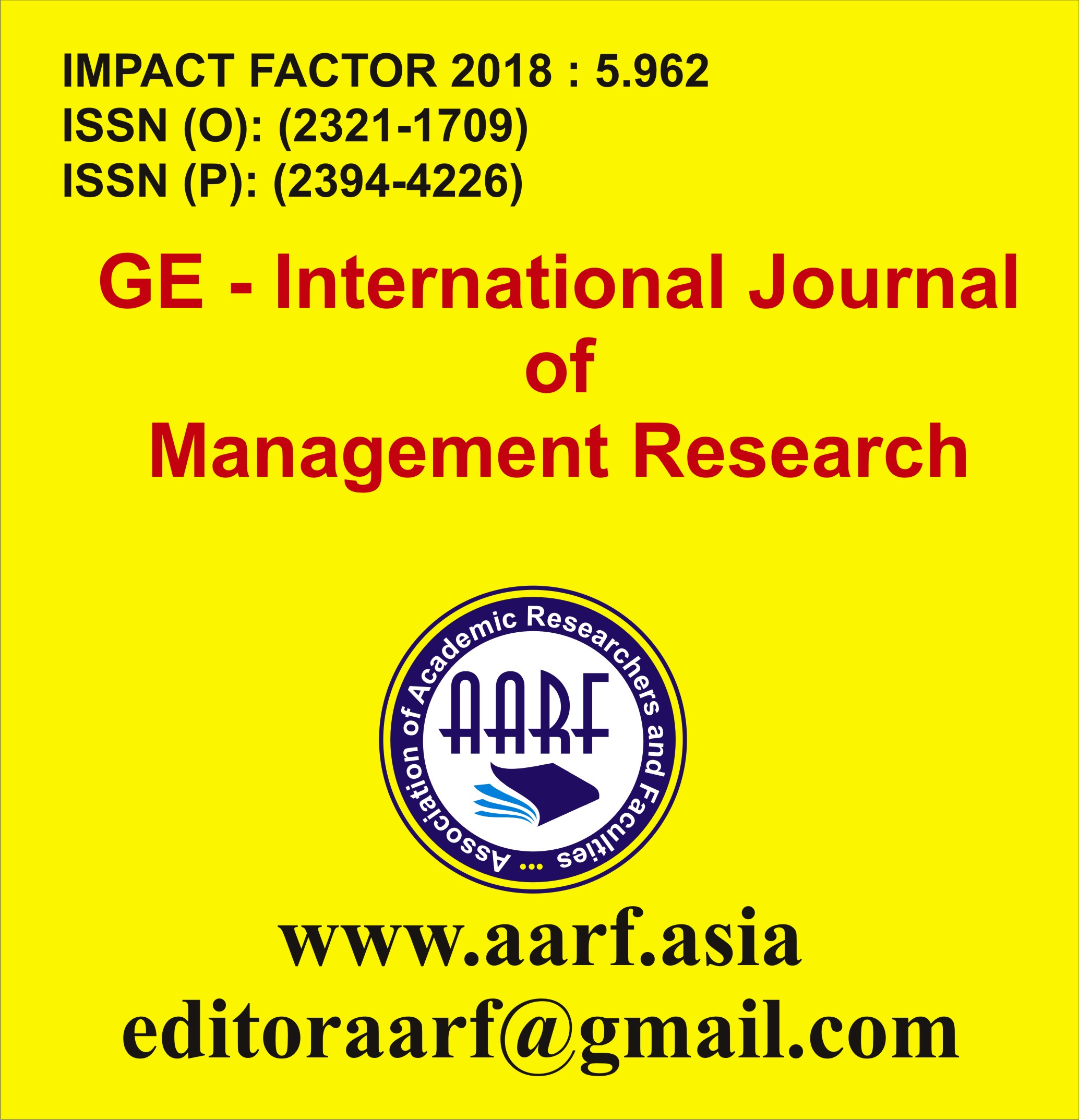| S.No |
Particular |
Pdf |
Page No. |
| 1 |
Oyéniran Thierry La Fronde OFFOUMON, Abdou-Mafissou BASSOSSA BAGUIMA, Yaya IDRISSOU, Alassan S. ASSANI, Brice G.C. ASSOGBA and Ibrahim T. ALKOIRET, Armand B. GBANGBOCHE
Abstract:
In order to judge the opportunity of using Saanen males to improve the productivity of Red Maradi goat, a study was conducted to evaluate growth performance of crossbreed kids (F1 and F2).
|

|
1 - 14 |
| 2 |
Mrs. Swapna M K.
Abstract:
Chickenpox is highly infectious disease caused by one Varicella Zooster Virus belongs to the group of herpes viruses.
|

|
15-20 |
| 3 |
Dr. Sandip Sinha, Dr. Suman Chatterjee, Dr. Pranabesh Ganguly, Dr. Priyanka Kumari and Dr. Debanjana Roy
Abstract:
The aim of our study was to compare the efficacy of butorphanol and nalbuphine as an adjuvant to isobaric levobupivacaine in infraumbilical surgeries done under spinal anaesthesia.
|

|
21- 31 |
| 4 |
Kavita1, Dr. Praveen Kumar2
Abstract:
The K3Na(CrO4)2 or KNCr crystal has a place with a group of compounds, with the regular chemical formula A3C(BX4)2 (where A, C = Li, Na, K, Rb, Cs, NH4; BX4 = SO4, SeO4, CrO4), which as often as possible show ferroic phases. Experimental investigations of these materials demonstrate that K3Na (SO4)2, K3Na (CrO4)2 and K3Na (SeO4) 2 experience ferroelastic phase transitions from a point group 3 Ì… m1 to 2/m at around 70 K, 239 K and at 346 K, separately. Notwithstanding the consistent second
|

|
32-39 |
| 5 |
-
Synthesis and biological evaluation of (4-substituted benzylidene)-3-methyl-1-(substituted phenyl sulfonyl and substituted benzoyl)-1H-pyrazol-5(4H)-one as anti-inflammatory agent
DOI:18.A003.aarf.J14I01.200001.887684
Dr.Anjit Kumar Thakur
Abstract:
The Synthesis of 5-methyl -2,4-dihydro-3H-pyrazole-3-one is prepared by the cyclisation reaction between ethylacetoacetate and hydrazine hydrate in absolute alcohol.(compound 1). 5-methyl -2,4-dihydro-3H-pyrazole-3-one react with substituted benzaldehyde to prepare 4-(4-substituted benzylidene)-5-methyl-2,4-dihydro-3H-pyrazol-3-one (compound 2). 4-(4-substituted benzylidene)-5-methyl-2,4-dihydro-3H-pyrazol-3-one
|

|
40-44 |
| 6 |
Dr.Veena Kumari
Abstract:
This study was to investigate influence of protozoa on biodegradation of Ocimum sanctum (Holy basil). It was done by specifically controlling the growth of protozoa in batch anaerobic reactors.
|

|
45-49 |
| 7 |
Dr. Mrinal Chandra
Abstract:
Metal chelates of divalent transition metal ions have been prepared by its reaction of N-Benzoylthiourea and Thiosemicarbazide with corresponding metal(II) salt. The metal complexes have been characterized on the basis of their elemental analysis, potentiometric studies, conductance measurement and spectral studies
|

|
50-52 |
| 8 |
Dr. Priyanka Singh
Abstract:
The thermoreversible photochromic reaction of spiro-indoline oxazines to photo-merocyanines has been studied by stationary spectrophotometric techniques. Two methods are described for determining the molar absorption coefficient of the metastable photomerocyanine and the quantum yield of the colour-forming photoreaction. Kinetic parameters (reaction rate and activation energy) and thermodynamic quantities
|

|
53-66 |
| 9 |
Dr. Monalisa
Abstract:
A chemical reaction is a process that leads to the chemical transformation of one set of chemical substances to another. Classically, chemical reactions encompass changes that only involve the positions of electrons in the forming and breaking of chemical bonds between atoms, with no change to the nuclei
|

|
67-71 |
| 10 |
Anjali Singh
Abstract:
The sate of Algal Presence in two ponds of Gaya
|

|
72-78 |
| 11 |
Anjali Singh
Abstract:
The sate of Algal Presence in two ponds of Gaya
|

|
72-78 |
| 12 |
Krishan Kumar Arya
Abstract:
The Schiff bases bis (P-Methoxy benzaldehyde) thiosemicarbazone (MBTSCZ), bis (N, N1, dim ethyl benzaldehyde) Thiosemicarbazone (DMACTSCZ), bis (N, N1-dimethyl benzaldehyde) thiosemicarbazone (DMABTSCZ), bis (Pyridine-2- aldehyde)thiosemicarbazone (PATSCZ), bis (P-chlorabenzaldehyde) thiosemicarbazone (CBTSCZ) were synthesized & characterization by elemental
|

|
78-85 |
| 13 |
RAM LAKHAN MEENA
Abstract:
The low water mole fraction stock solutions were made in methanol, and water is added later by volume into the working solutions. The water in the methanolic stock was removed at low pressure and 60°C several times using the Buchi 01 1 Rotavapor after first removing the methanol and the methanol-water mixture. Methanol was then added to the anhydrous mixture in order to make the methanolic stock.
|

|
86-96 |
| 14 |
Dr. Doddamani Hanumanthanaik
Abstract:
This research paper explores the critical role of chemistry in promoting sustainable agriculture. It examines how chemical science contributes to environmentally friendly farming through the development of green agrochemicals, improved soil management, and waste recycling. The paper highlights the shift from conventional practices toward sustainable alternatives such as nano-fertilizers, controlled-release inputs, and bio-based pesticides. Real-world examples from India and other countries illustrate how chemistry-driven innovations can reduce environmental harm while maintaining or even improving crop yields. A mixed-methods approach, including literature reviews and comparative analysis, was used to assess the effectiveness and impact of these techniques. Key challenges such as chemical overuse, water pollution, and the ethical dilemma of balancing productivity with ecological safety are discussed. The study also presents recommendations, including the need for policy reforms, farmer education, and increased research in green chemistry. The conclusion emphasizes the growing importance of chemistry in addressing future food security while protecting natural ecosystems. With thoughtful application, scientific knowledge can guide farming practices that are not only productive but also sustainable, responsible, and resilient. This paper aims to provide a foundation for further dialogue among scientists, farmers, and policymakers working toward a greener agricultural future.
|

|
105-114 |
| 15 |
Manoj Kumar Batra
Abstract:
Chemical derivatives with 1,4-benzoquinone as the basic subunit possess pharmacolo- gical activities such as antibiotic antitumor, antimalarial, anticoagulant and herbicidal properties.In spite of the extensive applications of mass spectroscopy to a wide variety of organic compounds, there are no reports on the fragmentation behaviour of substituted p-benzoquinone derivatives of this series. We have, for the first time, studied the mass fragmentation pattern of substituted 2, 5-dianilino-3, 6 dichloro-1, 4-benzoquinones.The substituted p-benzoquinones are potentially bioactive and they represent a class of compound with wide spectrum of biological activity of the derived benzoquinone compounds was evaluated by using Cup-Plate Agar and Kirby-Bauer Disk Diffusion method respectively. Their antibacterial activity was tested against gram-positive bacteria Bacillus subtilis (BS), Micrococcus denitrificans (MD) and gram-negative bacteria Klebsiella aerogenes (KA), Pseudomonas syringae (PS). While their antifungal activity was tested against Aspergillus niger, Rizopus oryzae and Aspergillus flavus. Zone of inhibition and activity index is described with respect to standard antibacterial and antifungal drugs.
|

|
97-104 |























